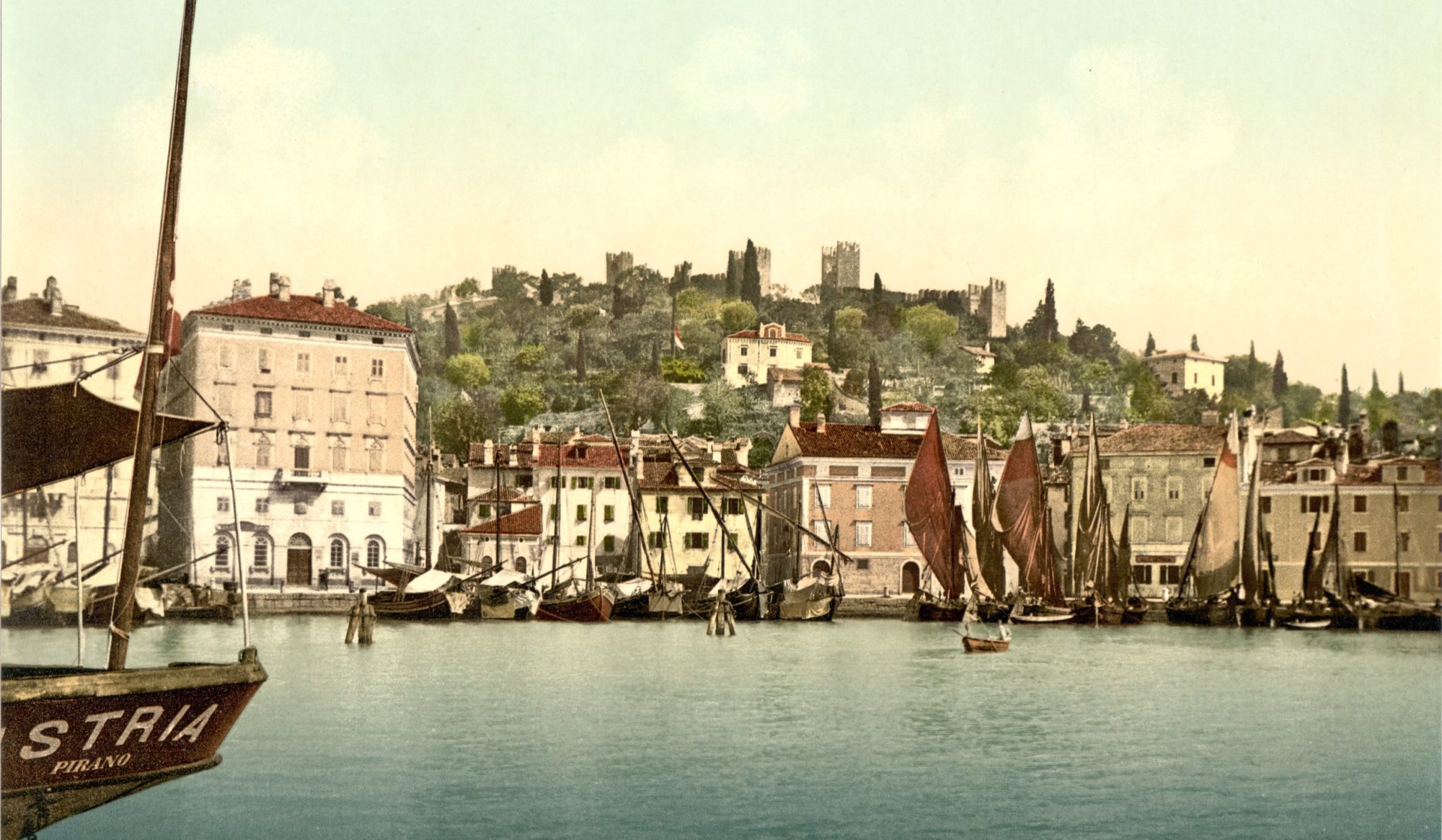So what does it really look like to the outside world, this lifestyle of ours?
Our daughter, Anita , popped up to Vanuatu for a week’s holiday to come and investigate and truly get a feel for what life on a small yacht in the South Pacific is like.
Phil and Jenny had spent the week and a bit leading up to her arrival investigate the local lay of the land so that we could utilise our time together to the max.
The taxi dropped her off at the resort we were anchored in front of so we made the most of their restaurant and excellent steak (we live a mostly vegetarian life onboard Waimanu as she doesn’t have a fridge onboard).

After stocking up on fresh fruit and veg from the local markets the following day, we headed off to Palikulo Bay. The Japanese fish factory there had closed down in the 80s and has basically been ignored ever since. With a flat calm anchorage and some interesting ruins alongside the shipwreck, it is a great spot. Donning snorkeling gear, Phil and Anita jumped into the crystal clear blue water for a swim and looking around while Jenny bobbed along in Zoe taking pictures of the rusted glory that is the wreck.

The next day we sailed our way across to a cute little anchorage that has the remnants of a western structure but is otherwise deserted. It is the epitome of a tropical island paradise with no footprints on the beach, the roar of the surf on the other side of the island’s point, and deep, amazingly clear water kissing white, sandy stretches before jungle takes over.

After enjoying the serenity of this gorgeous spot for a few hours we headed up to to inside of Malwepe Island. Oyster Island Resort is on the end of this island but is currently closed down as they rebuild it but it is one of the most sheltered anchorages we have ever come across, sheltered on all sides. The most nerve-wracking part of staying here is getting in through a channel that is only 2.3 meters deep at full tide. It certainly is a spectacular entry and is within a short Zoe ride to some of the famous blue holes.






